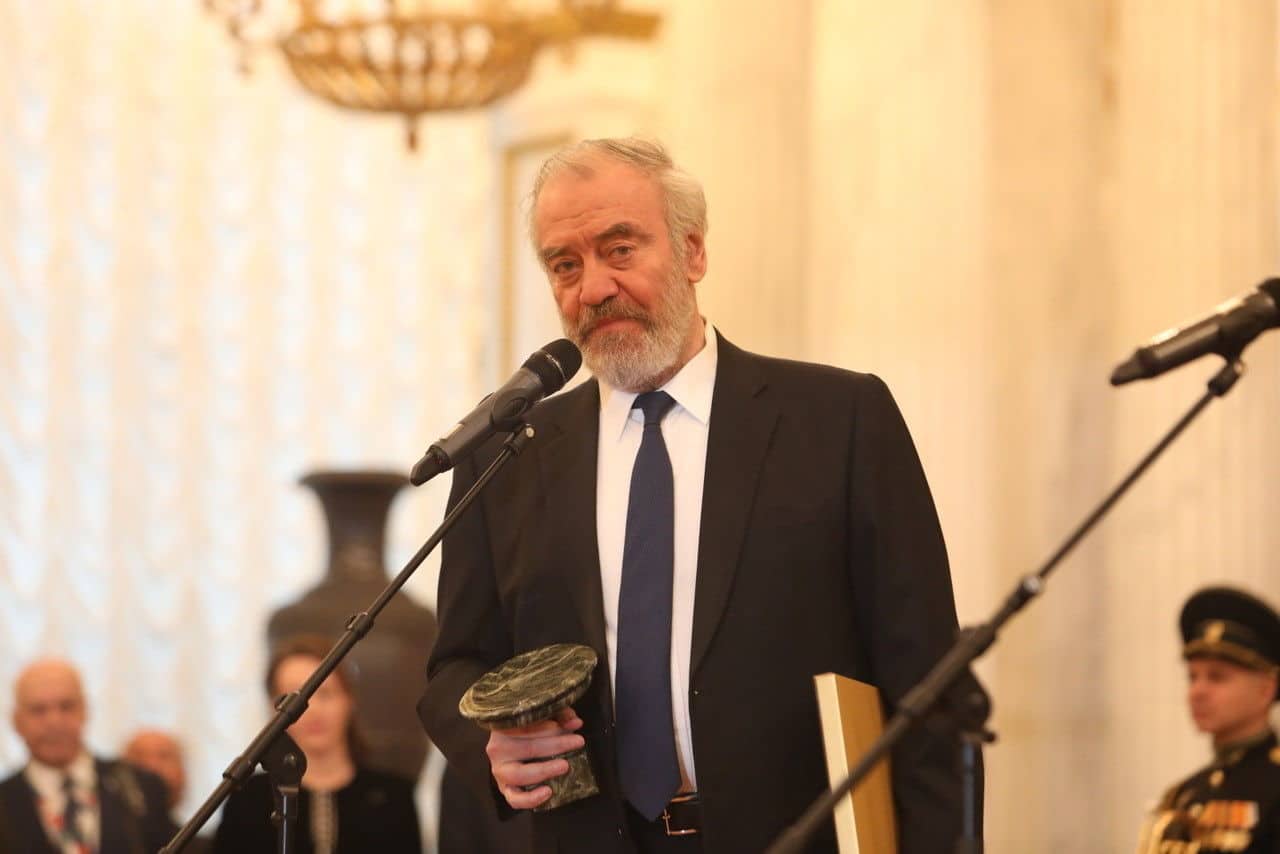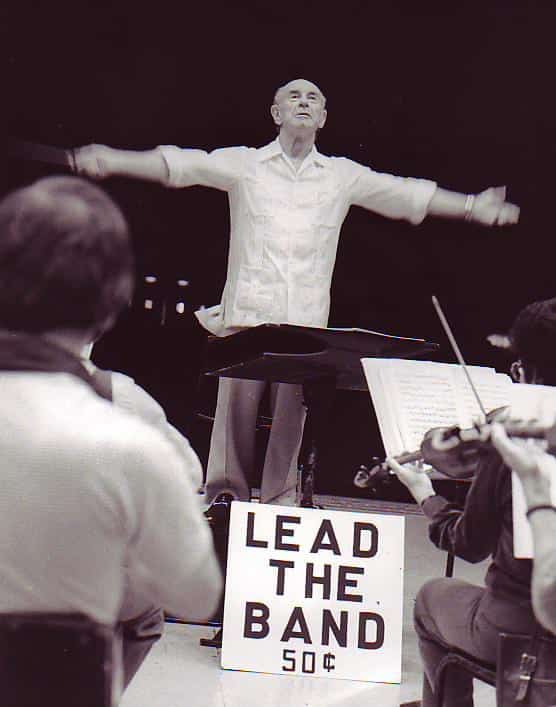A tragic sight of Arthur Schnabel’s abandoned home
mainThis is one of the houses that Schnabel was forced to abandon when he fled Europe for America in 1940.
The house is not identified in the video; I suspect it is his Italian home at Tremezzo.
The Dutch travel blogger mispronounces Schnabel’s name, misidentifies him as an Australian and offers no worthwhile information on his life and work.
But the sight of the broken house with its shattered piano wll stay with you for a very long time.







If he was able to establish himself as a great composer, his house would have been turned into a museum. In general, no one makes a pilgrimage to visit the houses of great soloists.
“One of the houses…”
My heart bleeds, it really does…
he says Arthur Schnabél…why?
All that travel, all that technology and “what’s his name?” “Where’s he from?” “Who cares. Never mind, look at the broken house.” geeeesh.
Maybe SchnaBEL is the way they say it in Australia.
Schnabel played Bechsteins, quite insistently (except in the US where he was obliged to play Steinway), but this piano is not a Bechstein or Steinway. It’s strange that the pinblock/wrestplank is so far back from the keyboard. Does this mean it was a pianola? Could it be a Bluthner? Tragic that history still keeps repeating itself. This reminds me of the threatened fate of non-black critizens of S Africa today.
Schnabel did not flee to the USA but to Australia.
His personal assistant, Peter Diamand, fled to Holland.
He survived in hiding with 3 other Jewish friends.
They kept themselves busy by inventing a festival with 4 “elements”,
music, theatre, opera, dance.
After the war, they created the – still existing – Holland Festival.
Several years later, Peter Diamand was invited to create the same kind
of Festival with 4 elements, in Edinburgh and was its director for 18 years.
I haven’t entered the house; but have seen its exterior in Tremezzo, where he is commemorated in a road and a square named after him. Surely the house has not been left entirely derelict? If so, WHY?
Truly a sad sight.
I believe his son lived in the home until the late nineties.
Ugh…that piano.
That’s his son Stefan at the Old Vic at 0:28.
Makes you wonder who owns the property now and why hasn’t the house been demolished…
The home in the video is not the Lake Como rental at Tremezzo (now known as Tremezzina) which Artur Schnabel abandoned in 1940. Rather, it is the Lake Como home of his son, Karl Urlich, purchased after 1948 as a summer retreat and abandoned in the mid 70’s following his wife’s (pianist Helen Fogel) death there in 1974.
I was a student of Karl Ulrich in the early 70s as a young teen and again in the 80s as a young man. I visited the home upon his request when I toured the Lake Como area in 1982. According to Karl Ulrich, the Tremezzo rental home was burned to the ground in the early years of the WWII by the Italian military as was not uncommon of abandoned homes in the area at that time.
Some details in the video of note:
(1) The home is wood-framed with a mixed skin of terracotta and stucco applied to lathing as was not uncommon for summer homes in the area built between 1890 and 1914. While the deterioration we see is great, it is not nearly what we would see had the home been abandoned for nearly 80 years. (Though a pianist, I’ve long been an architectural history buff.);
(2) The piano is a 1950s vintage Bösendorfer and is the instrument I saw in 1982. Artur Schnabel’s piano at Tremezzo was a Weimar-era Hamburg Steinway which came with him to the United States in 1940. Karl Ulrich acquired the instrument after his father’s death. I played my lessons with Karl Ulrich in the early 70s on his father’s piano;
(3) The piano’s frame and some strings are still present. Had the piano been left behind in 1940, the frame and strings would have been scavenged in furtherance of the Axis war effort. Not surprisingly, the keys are missing as a hot worldwide market for ivory piano keys developed in the mid to late 70s;
(4) The sewage drain piping seen running from the 2nd floor to the first is of post-WWII American-made vintage.
I’ll close here with a Karl Ulrich anecdote:
He was not the greatest fan of his father’s edition of the Beethoven sonatas I was 12 years old at my first lesson with him. He invited me into his studio and asked me to play for him. I proceeded to play the Waldstein sonata straight through, all three movements, without his interrupting. When I’d finished, he asked what edition I had and I replied, “Your father’s.” His terse response was, “You need Urtext edition.”
I study with Karl and he told me that Beethoven sonatas was edited by his father at age 24 and not recommended. Love your story ,Randall
Thanks for clearing this up and indentifying the piano.
Fake news. House in Tremezzo was and is in good shape. Arthur Schnabel never own a piano, never resided in Swizerland. House in Tremezzo still used by granddaughter Ann Motier. Picture look pathetic but not Schnabel residence
Every pianist who loves Beethoven should study Schnabel’s very personal, if idiomatic, edition of the 32 Sonatas. You will grow to love Schnabel, but also understand why it was said both he and Beethoven had “short, stubby fingers”. –sfm
Correction: idiosyncratic, not idiomatic. Thanks!
So this house is NOT Villa Ginetta, where Artur Schnabel and his wife Therese Behr-Schnabel spent their summers and subsequently moved to full-time when they fled Berlin in 1933. Rather it was the house his son Karl Ulrich lived in after WWII. In any case, Artur and Therese apparently never returned to Tremezzo after the war.
As for the piano, it is well-documented that Schnabel had two Bechstein concert grands (not a Hamburg Steinway) in the Tremezzo villa before the war. Before WWII he only played Steinways when in the US.
By the way, the narrator’s mispronunciation of Schnabel’s name is due to simple ignorance of the German language. (I have heard people similarly mispronounce “Brendel”, with the accent misplaced to the second syllable.) It is quite simply wrong.